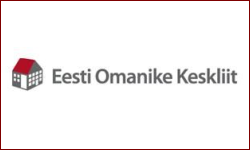 The divergent development across countries and sectors has continued this year. Boosted by household consumption, the US economy has grown at a solid pace so far this year, albeit somewhat slower than in 2023. Following a longer period of stagnation, the euro area economy has grown slightly this year, but the development varies greatly across countries and remains notably weak in Germany.
The divergent development across countries and sectors has continued this year. Boosted by household consumption, the US economy has grown at a solid pace so far this year, albeit somewhat slower than in 2023. Following a longer period of stagnation, the euro area economy has grown slightly this year, but the development varies greatly across countries and remains notably weak in Germany.
The Baltic economies have been on diverging paths in recent years as well. Estonia has been in a prolonged recession – the worst and longest in the EU – and its economy is barely larger than it was at the end of the last decade. The Latvian economy has been stagnating for the past two years, with a fragile and shaky recovery this year. After a brief recession last year, the Lithuanian economy is recovering rapidly and is close to a long-term growth trend.
Going forward, we expect strong real income growth to support household consumption, whereas demand in export markets is likely to start recovering only next year. In 2025 and especially 2026, lower interest rates and higher affordability are likely to support a housing market recovery. We expect GDP growth to accelerate to 1.5% – 3% in all three Baltic countries during the next two years.














